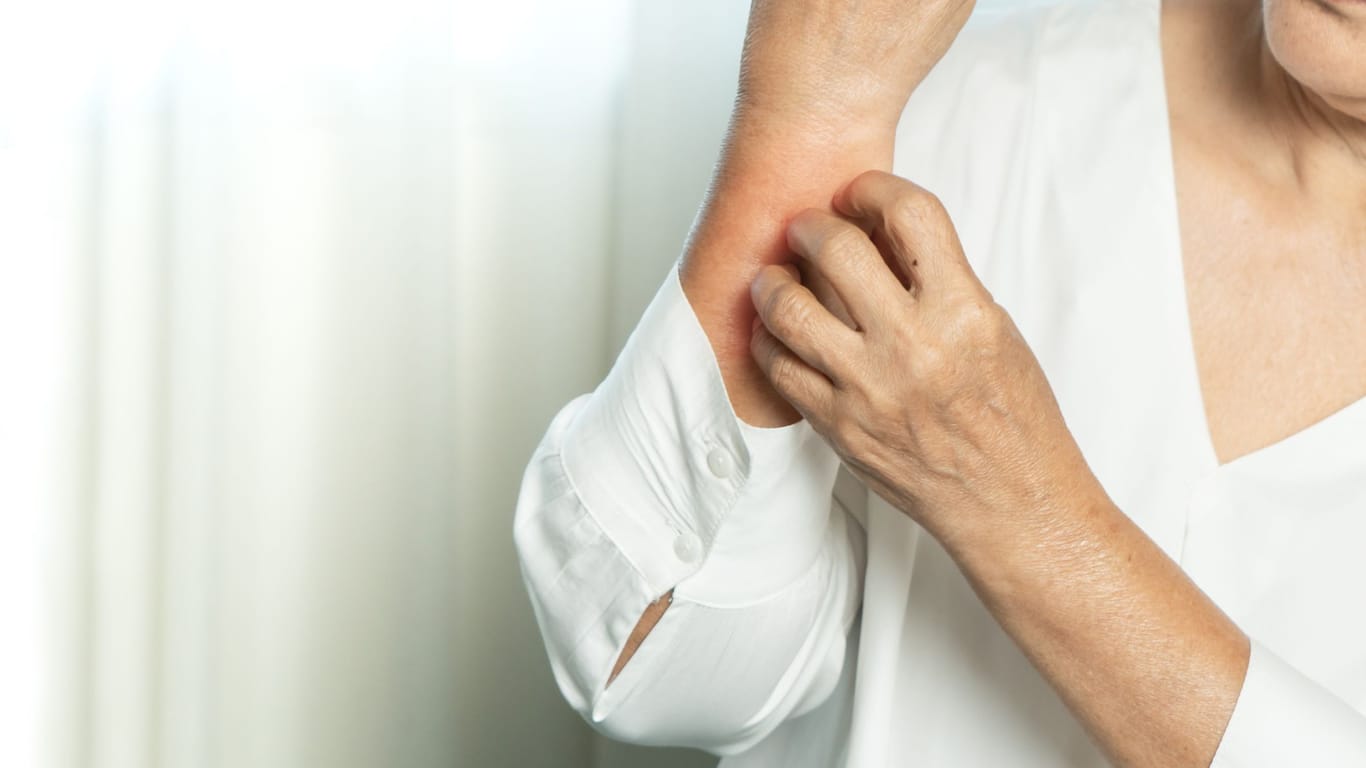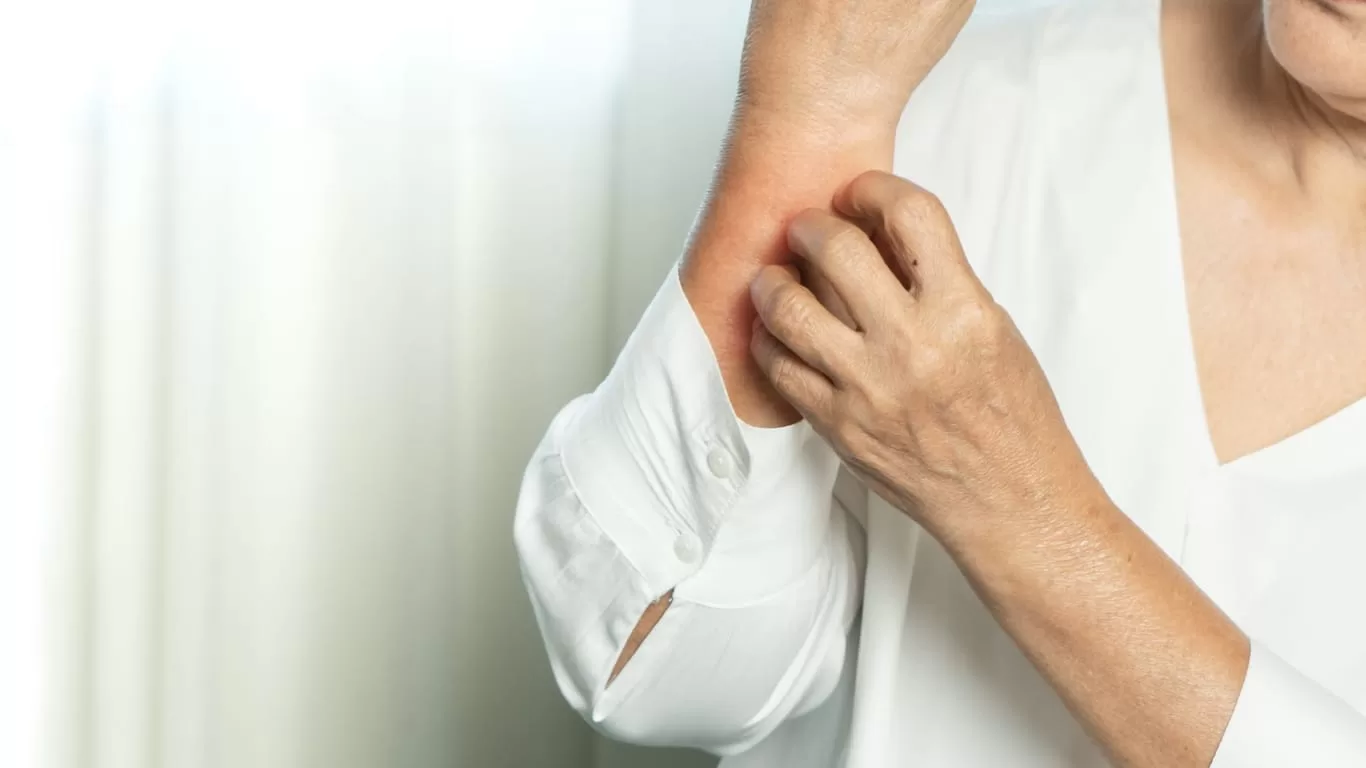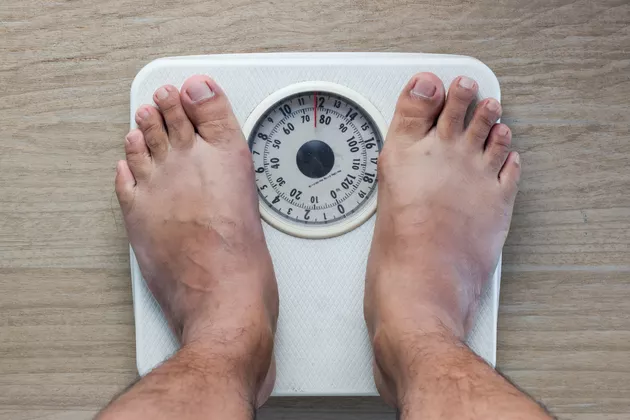Cold Urticaria Allergy: What Causes It, Symptoms, and Effective Remedies. If the skin is allergic to cold.

If the temperature drops and itchy hives suddenly appear on the skin, this may be an indication of cold urticaria.
Cold urticaria is a special form of hives (urticaria) and often affects younger adults. Women are affected about twice as often as men. The symptoms, which manifest themselves primarily in itchy skin, headaches and body aches, are annoying and can make life difficult for those affected.
But there is some comforting news: As spontaneously as cold urticaria comes, it also disappears again. In some cases, which are fortunately rare, it can also be life-threatening.
Is cold urticaria a “real” allergy?
Cold urticaria is one of the so-called pseudoallergies. This means that your symptoms are very similar to those of an allergic reaction (itching, rash). However, it is not a “real” allergy in the medical sense because no antibodies are formed against a triggering allergen. Nevertheless, the disease is often popularly referred to as a cold allergy.
In many patients, the disease occurs spontaneously – for reasons that are still unclear – and then subsides again after a while. According to estimates, around 50,000 people in Germany are affected. But the actual number is probably much higher, experts believe, because some people do not consider their symptoms to be pathological.
Symptoms: How does cold urticaria appear?
People with cold urticaria experience skin reactions such as severe redness, hives and mucous membrane changes within a few minutes of contact with cold. Those affected often report a feeling as if they had grabbed nettles. The symptoms not only occur when outside temperatures are low, but also when parts of the body come into direct contact with cold objects, for example cold water, snow or ice.
In winter, the rashes mainly appear on the hands or face. But the neck and feet can also be affected. Some patients also react to cold foods or cold drinks with changes to the mucous membrane.
In addition to the skin reactions mentioned, general symptoms of the disease can also occur. These include headaches, body aches, fatigue, shortness of breath or a racing heart. Sometimes the symptoms only appear when those affected go into a warm environment. In severe cases, allergic shock is also possible. It is life-threatening and therefore a medical emergency in which a doctor should be called immediately.
What do we know about the causes of the disease?
It is not yet scientifically clear why some people develop cold urticaria. However, it is known that the cold stimulus causes a release of histamine. This activates certain immune cells in the epidermis (mast cells). Histamine causes vasodilatation in the affected skin area and fluid accumulation in the surrounding tissue. This is how itchy hives appear.
But why cold starts this process is unclear. Some experts suspect that an infection or an intolerance to certain medications could be the trigger. In addition, a recent study at the Charité in Berlin provides evidence of an inherited form of cold urticaria. Accordingly, some of those affected have a genetic predisposition. What is typical of this hereditary form is that the disease persists throughout life.
Cold urticaria: how is it diagnosed?
Cold urticaria can be diagnosed using various methods. The doctor determines the patient’s cold threshold value. It can vary greatly from person to person and indicates the temperature at which skin reactions occur. This means those affected know when they need to protect themselves.
In the so-called ice cube test, a glass filled with ice is held against the patient’s forearm for some time. If wheals form within a short period of time, this is an indication of cold urticaria. In addition, there are special electronic tests that can be used to determine the temperature threshold very accurately. Such procedures are usually carried out by a dermatologist and/or allergist.
What can those affected do?
Avoiding cold is the most important measure to protect yourself from the annoying skin reaction. Those affected should also note the following – taking into account their personal threshold temperature:
- Wear warm clothing, gloves and padded shoes
- Protect the face with fatty cream
- Avoid cold foods and drinks
- Avoid baths in cold water (including in the sauna).






